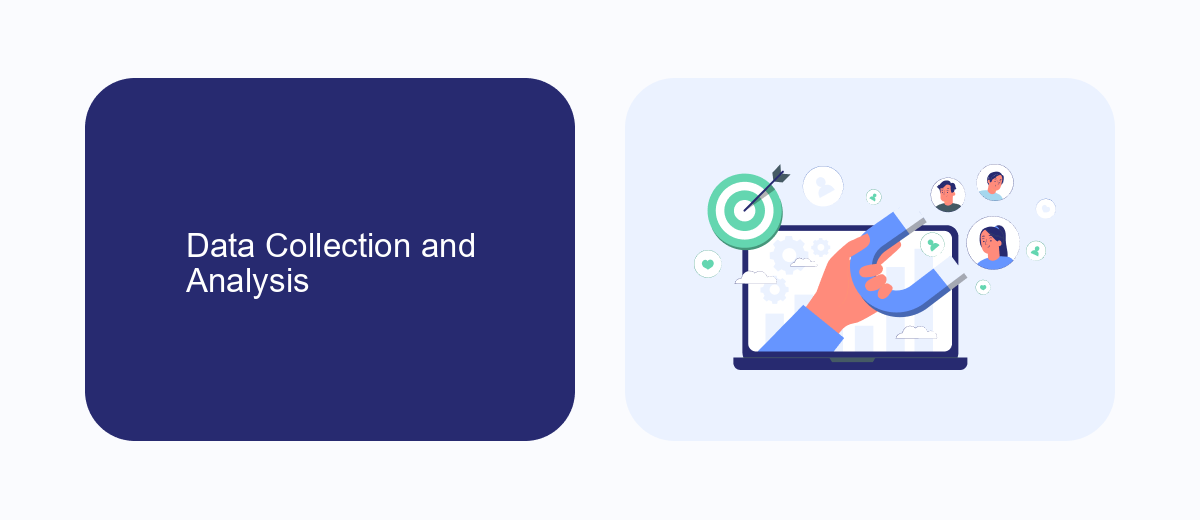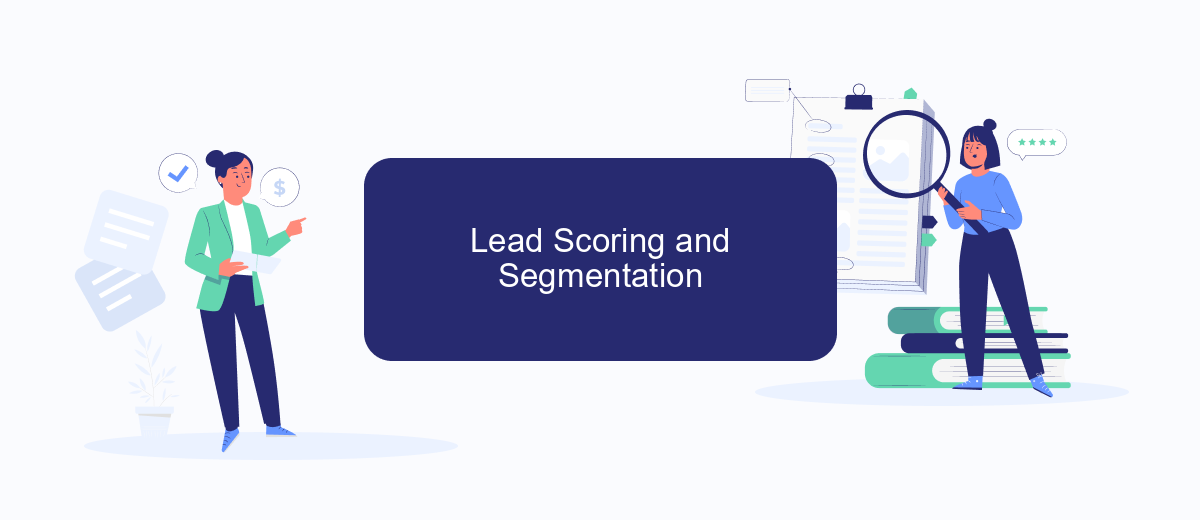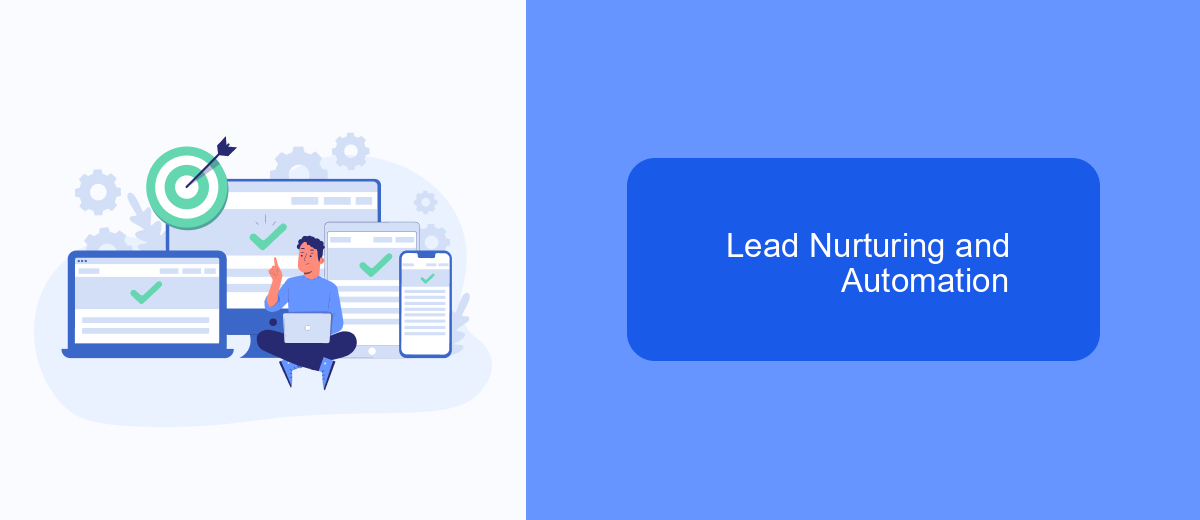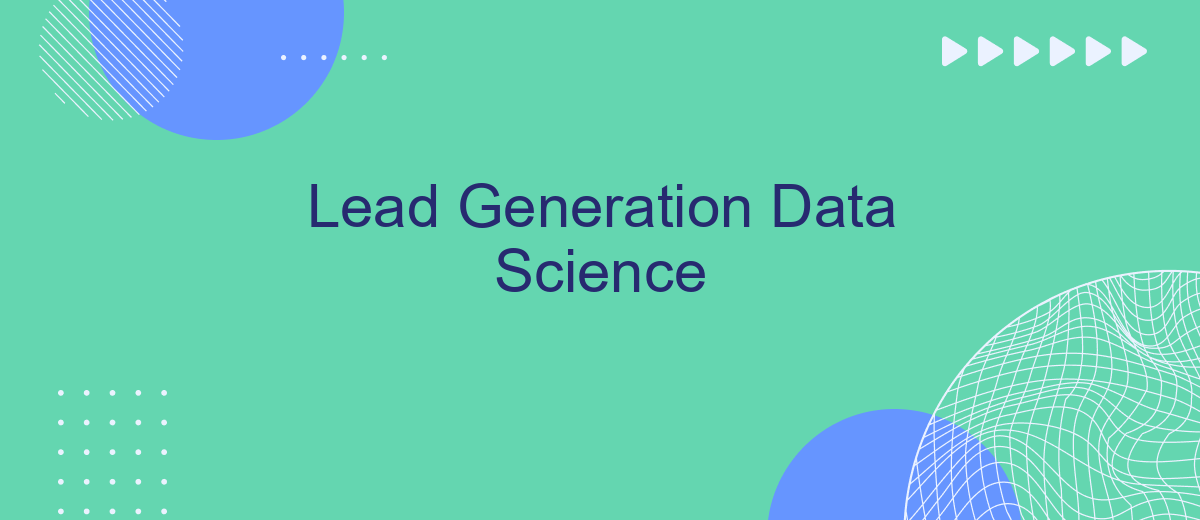In today's competitive market, businesses are increasingly turning to data science to enhance their lead generation strategies. By leveraging advanced analytics and machine learning algorithms, companies can identify high-potential prospects, optimize marketing efforts, and ultimately drive revenue growth. This article explores the pivotal role of data science in transforming lead generation, offering insights into its techniques, benefits, and real-world applications.
Lead Generation Data Science Plan
Creating a Lead Generation Data Science Plan involves a strategic approach to identify, collect, and analyze data to generate high-quality leads. This plan should be comprehensive and adaptable, ensuring that it meets the evolving needs of the business while leveraging data science techniques for optimal results.
- Identify Target Audience: Define the characteristics of your ideal customer using demographic, geographic, and psychographic data.
- Data Collection: Utilize various sources such as social media, website analytics, and CRM systems to gather relevant data.
- Data Integration: Use tools like SaveMyLeads to seamlessly integrate data from different platforms, ensuring a unified view of potential leads.
- Data Analysis: Apply machine learning algorithms and statistical methods to analyze the collected data and identify patterns.
- Lead Scoring: Develop a scoring model to prioritize leads based on their likelihood to convert.
- Continuous Improvement: Regularly review and refine the plan based on performance metrics and feedback.
By following this structured approach, businesses can effectively harness the power of data science to enhance their lead generation efforts. Integration tools like SaveMyLeads can play a crucial role in streamlining data processes, allowing for more accurate and actionable insights.
Data Collection and Analysis

Effective data collection is the cornerstone of successful lead generation in data science. Various methods, such as web scraping, surveys, and API integrations, are employed to gather relevant data. Web scraping allows businesses to extract information from websites, while surveys can be used to gather customer insights directly. API integrations streamline the process by enabling seamless data transfer between different platforms. SaveMyLeads is a valuable tool in this context, as it automates the integration of lead data from various sources, ensuring that the data collection process is both efficient and accurate.
Once the data is collected, rigorous analysis is essential to identify patterns and insights that can drive lead generation strategies. Data scientists employ techniques such as clustering, regression analysis, and machine learning algorithms to analyze the data. These methods help in segmenting leads, predicting customer behavior, and personalizing marketing efforts. The combination of robust data collection methods and advanced analytical techniques enables businesses to optimize their lead generation processes, ultimately leading to higher conversion rates and better ROI.
Lead Scoring and Segmentation

Lead scoring and segmentation are crucial components of an effective lead generation strategy. By assigning a score to each lead based on their behavior and engagement, businesses can prioritize their efforts and focus on high-potential prospects. Segmentation, on the other hand, involves categorizing leads into distinct groups based on specific criteria such as demographics, behavior, and interests.
- Identify key scoring criteria: Determine the factors that indicate a lead's likelihood to convert, such as website visits, email opens, and social media interactions.
- Assign point values: Assign a numerical value to each criterion to quantify the lead's engagement and interest level.
- Segment leads: Group leads into categories such as hot, warm, and cold based on their scores, allowing for targeted marketing efforts.
- Utilize tools: Use tools like SaveMyLeads to automate the integration of lead data from various sources, ensuring accurate and up-to-date scoring and segmentation.
- Continuously refine: Regularly review and adjust scoring criteria and segmentation strategies to improve accuracy and effectiveness.
By implementing lead scoring and segmentation, businesses can streamline their marketing efforts, improve conversion rates, and ultimately drive more revenue. Leveraging automation tools like SaveMyLeads ensures that the process is efficient and data-driven, allowing for better decision-making and resource allocation.
Lead Nurturing and Automation

Lead nurturing and automation are essential components of a successful lead generation strategy. By engaging potential customers through personalized and timely communication, businesses can build stronger relationships and guide leads through the sales funnel more effectively. Automation tools play a crucial role in streamlining these processes, ensuring that no lead is left unattended.
One of the key benefits of lead nurturing automation is the ability to deliver relevant content and follow-ups based on a lead's behavior and preferences. This targeted approach not only increases engagement but also enhances the likelihood of conversion. Additionally, automation helps in maintaining consistency and efficiency, freeing up valuable time for sales and marketing teams.
- Personalized email campaigns
- Automated follow-up sequences
- Behavior-triggered messaging
- Lead scoring and segmentation
Integrating tools like SaveMyLeads can further enhance the automation process by seamlessly connecting various platforms and services. SaveMyLeads allows businesses to automate lead data transfers and create custom workflows, ensuring that leads are nurtured effectively across multiple channels. By leveraging such integrations, companies can optimize their lead nurturing efforts and drive better results.
Performance Evaluation and Optimization
Performance evaluation in lead generation data science is crucial for ensuring the effectiveness of your strategies. Key performance indicators (KPIs) such as conversion rates, cost per lead, and customer acquisition cost are essential metrics to monitor. By analyzing these KPIs, you can identify which aspects of your lead generation efforts are working and which need improvement. Advanced data analytics tools can provide deeper insights, helping you to fine-tune your campaigns for better results.
Optimization involves continuous testing and refinement of your lead generation processes. A/B testing is a valuable method to compare different approaches and determine the most effective strategies. Additionally, integrating automation tools like SaveMyLeads can streamline your workflow by automatically capturing and organizing leads from various sources. This not only saves time but also enhances data accuracy, allowing for more precise performance evaluation and optimization. By leveraging these techniques, you can significantly improve your lead generation outcomes and drive more successful campaigns.
FAQ
What is lead generation in data science?
How can data science improve lead generation?
What types of data are important for lead generation?
How can automation tools assist in lead generation?
What are some common challenges in lead generation using data science?
SaveMyLeads is a simple and effective service that will help you automate routine tasks and optimize business processes. Stop wasting time uploading leads from Facebook manually – you can do it automatically, saving a lot of time and money. Eliminate routine from workflows and achieve more with minimal investment of money, effort and human resources.
